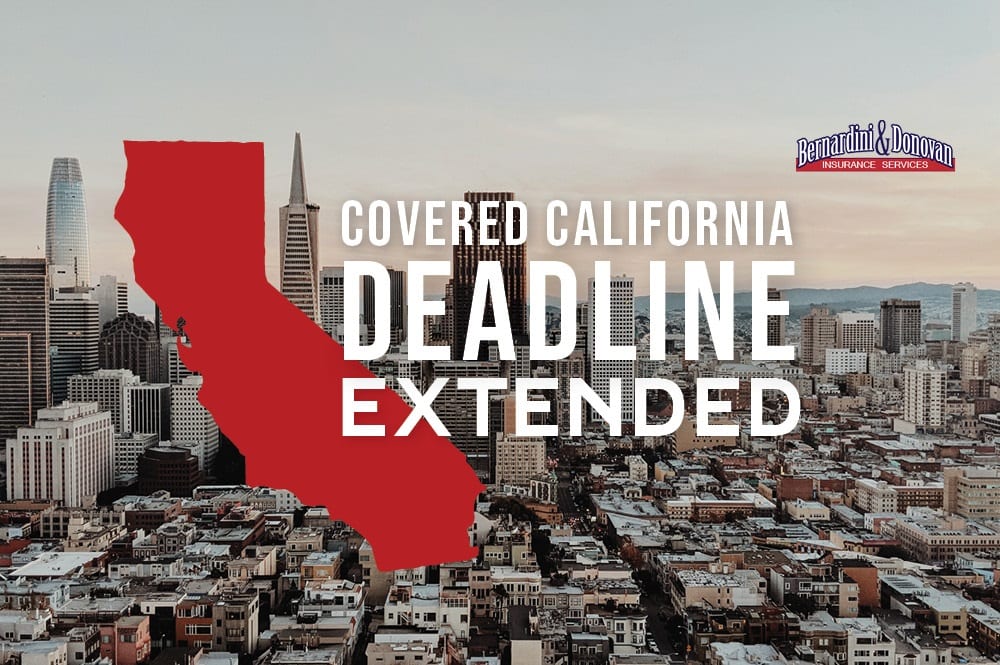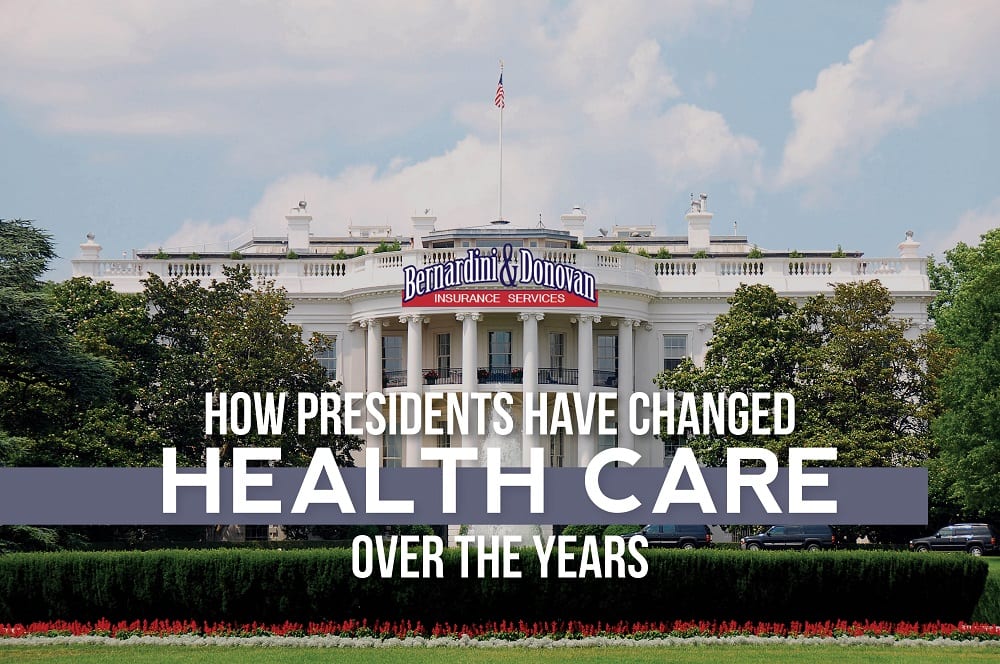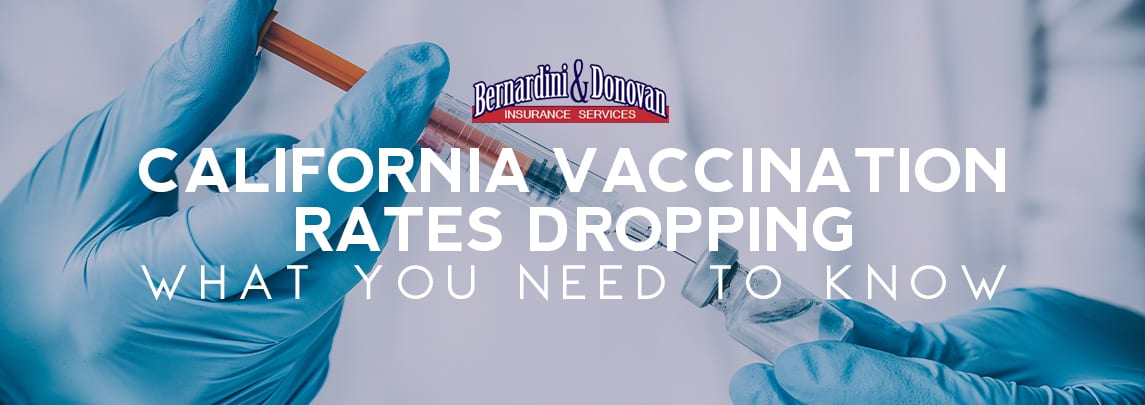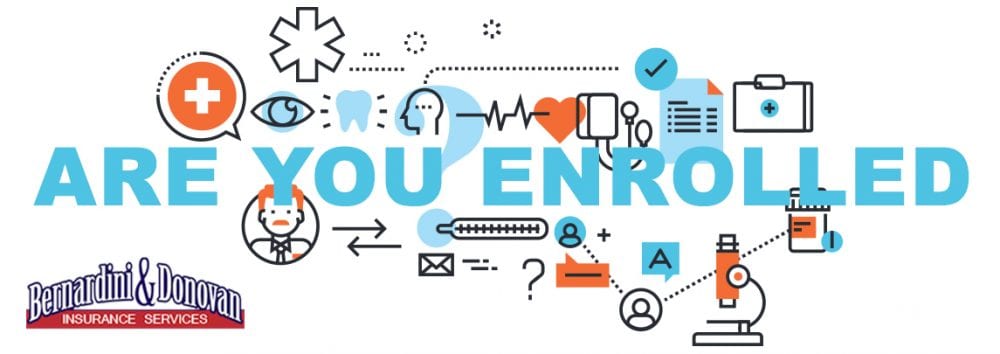Overview: Unemployed? Here are 3 things you could do when your COBRA’s premium health insurance ends Sept. 30
-
Switch to an Affordable Care Act policy once your free coverage ends
-
Qualify for a special enrollment period (SEP)
-
Talk to your plan administrator and/or former employer
 When Sept. 30 rolls around, it’ll be goodbye to that premium health coverage from COBRA and hello to many, many questions (and a bit of financial panic for the unemployed). But we’ll start by saying you shouldn’t panic — there are options that unemployed individuals could and should begin to consider now.
When Sept. 30 rolls around, it’ll be goodbye to that premium health coverage from COBRA and hello to many, many questions (and a bit of financial panic for the unemployed). But we’ll start by saying you shouldn’t panic — there are options that unemployed individuals could and should begin to consider now.
Keep these things in mind: It’s true that after Sept. 30, the group health plan can charge the usual COBRA premium for the coverage. And the premium assistance lasts through Sept. 30 but may end sooner if you reach the end of your maximum COBRA continuation coverage period which is, generally, 18 months.
3 HEALTH INSURANCE OPTIONS FOR THE UNEMPLOYED AFTER SEPT. 30
Option 1: Switch to an Affordable Care Act policy once your free coverage ends.
The special enrollment period for Affordable Care Act coverage ends Aug. 15. Here’s why it’s a useful option: ACA policies — by contrast to COBRA coverage — are typically subsidized with tax credits that make the coverage more affordable.
In one particular case, a spouse lost their job and was on COBRA continuation coverage for health insurance. They didn’t have to pay the premiums (through Sept. 30) as a result of the American Rescue Plan (passed in March). The question was asked if there was anything available on Oct. 1 if the spouse was still unemployed by that time.
The American Rescue Plan requires employers to pay COBRA premiums for eligible former employees for April through September. The employers will be reimbursed through a tax credit. (The subsidy may last fewer than six months if someone’s COBRA eligibility ends before September, or if they become eligible for group coverage through their job or their spouse’s job.)
When the premium-free coverage ends, the spouse would qualify for a special enrollment period that allows them to switch to an Affordable Care Act policy. Not only that, but anyone who is unemployed at any point during 2021 will qualify for a premium-free comprehensive policy through the ACA for the rest of the year.
Related reading(s): What you need to do when free health insurance for unemployed people ends Sept. 30
Option 2: Qualify for a special enrollment period (SEP) to enroll in individual market health insurance coverage, such as through a Health Insurance Marketplace®.
When your COBRA premium assistance ends, you may be eligible for a SEP to enroll in coverage through a Health Insurance Marketplace®, or to enroll in individual health insurance coverage outside of the Marketplace. You may also qualify for a SEP when you reach the end of your maximum COBRA coverage period. Below are links to additional information.
-
For more information about this SEP, see:
-
For more information about enrolling in Marketplace coverage, see:
-
HealthCare.gov
-
Or you can call 1-800-318-2596 (TTY: 1-855-889-4325).
-
If your state has its own Marketplace platform, find contact information for your State Marketplace here:
You may apply for and, if eligible, enroll in Medicaid coverage at any time. For more information, go to:
Related reading(s): FAQS ABOUT COBRA PREMIUM ASSISTANCE UNDER THE AMERICAN RESCUE PLAN ACT OF 2021
Option 3: Talk to your plan administrator and/or former employer
Karen Pollitz, a senior fellow with the Kaiser Family Foundation, said some employers and COBRA administrators were still working out the details. If you believe you are eligible for the subsidy that ends after Sept. 30 and haven’t received a notice with the required forms, you can notify your former employer. In more detail, Pollitz encourages individuals to:
-
Notify their former employer
-
Fill out and sign this form, published by the Department of Labor
-
Turn the form into your plan administrator if you’re already enrolled in COBRA
-
Send the form to your former employer if you’re trying to sign up
-
Pollitz said if you have a relationship with your provider, you could also ask if it’s possible to wait a little longer to bill your insurer until the COBRA coverage kicks in.
Related reading(s): Stimulus Provides Free COBRA Health Insurance for Unemployed; What You Need to Know
DO YOU HAVE A TRUSTED HEALTH INSURANCE AGENT TO GUIDE YOU WHEN YOUR PREMIUM HEALTH INSURANCE ENDS?
Remember: The Affordable Care Act is over 60,000 pages long. Medicare is written over tens of thousands of pages. And Insurance Laws and Regulations are profoundly extensive. So if you’re wondering what to do when COBRA’s premium health insurance ends, we can help.
We understand that there is not a single “best” plan when it comes to health insurance — and it’s even more complicated when unemployment is involved. And we understand that your needs are unique.
This is where we come in. Contact us to get your questions answered! We’ll offer our expertise in health insurance so you’re taken care of during these complicated times.



 In a meeting just recently, Covered California has elected to extend the open enrollment period, which ended on January 31, 2020. This new special enrollment period will allow anyone, not just those who would generally qualify for special enrollment, to enroll in health insurance plans until the end of April. Policies will be effective April 1, if you enroll on or before March 15. Or, the policy will be effective May 1, if you enroll between March 16 and April 30. This means that instead of waiting until the new enrollment period of October 2020, anyone in California who does not currently have health insurance can sign up through the healthcare system.
In a meeting just recently, Covered California has elected to extend the open enrollment period, which ended on January 31, 2020. This new special enrollment period will allow anyone, not just those who would generally qualify for special enrollment, to enroll in health insurance plans until the end of April. Policies will be effective April 1, if you enroll on or before March 15. Or, the policy will be effective May 1, if you enroll between March 16 and April 30. This means that instead of waiting until the new enrollment period of October 2020, anyone in California who does not currently have health insurance can sign up through the healthcare system.




 While vaccines are essential to the prosperity of humankind, communities of non-medical skeptics have turned against immunizations. Anti-vaccine groups strongly oppose these preventative measures, causing some regression in societal health in recent years. Just this year, we’ve seen the repercussions of this dangerous anti-vaccine sentiment. According to the
While vaccines are essential to the prosperity of humankind, communities of non-medical skeptics have turned against immunizations. Anti-vaccine groups strongly oppose these preventative measures, causing some regression in societal health in recent years. Just this year, we’ve seen the repercussions of this dangerous anti-vaccine sentiment. According to the 




